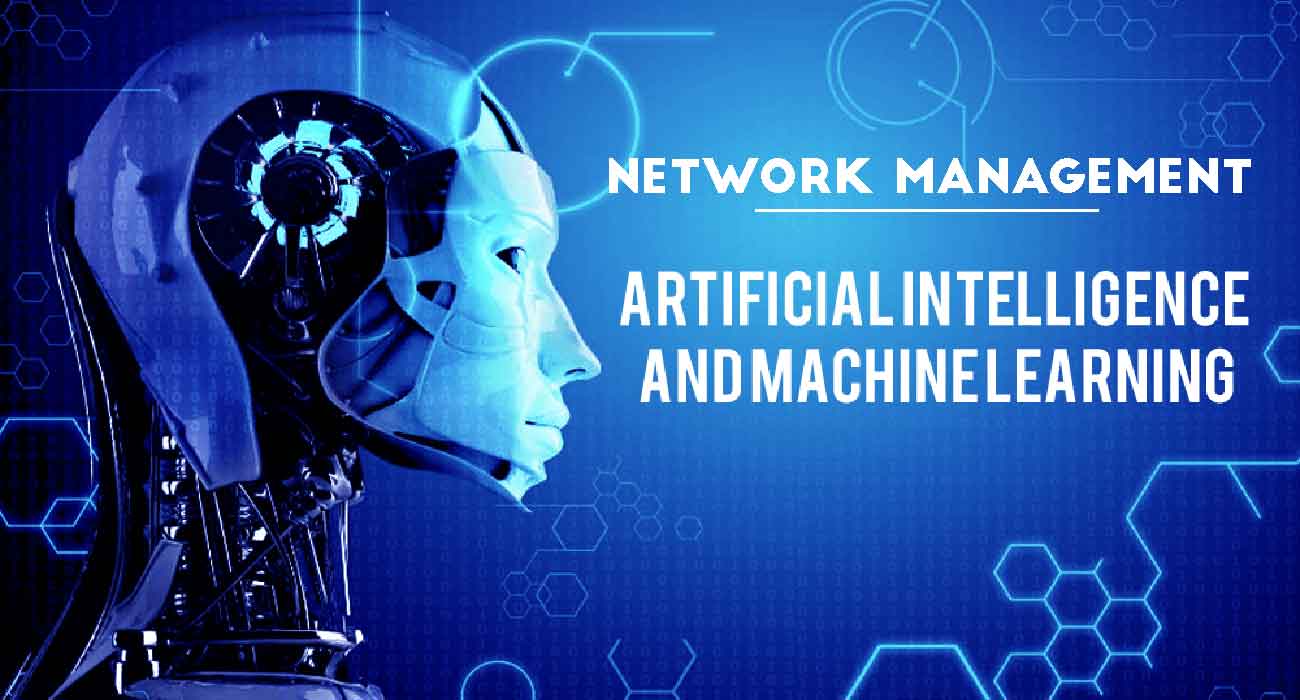Conclusion :
ML and AI are becoming essential tools for modern network management. They offer the promise of more efficient, responsive, and adaptive networks that can cope with the complexities and demands of modern digital communication. However, as with any technology, their effective implementation requires careful planning, understanding of the underlying processes, and continuous monitoring and adaptation.
@
Arjun (Anuj) Kumar